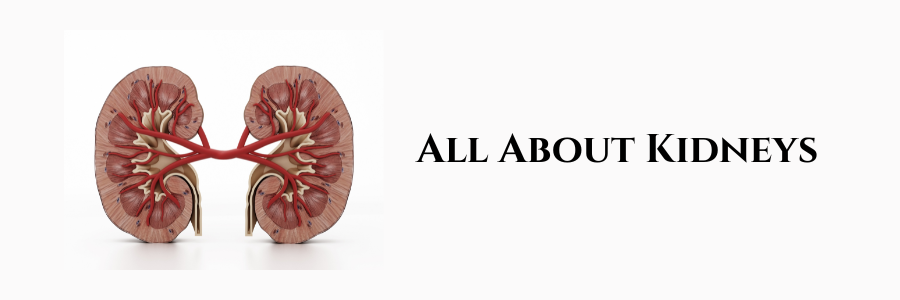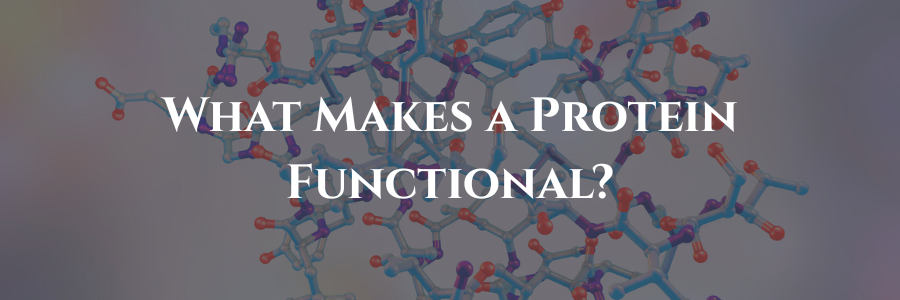Academia

All About Kidneys
Anatomy and Structure Location: Kidneys are located on either side of the spine, just below the ribcage, in the retroperitoneal space. Shape and Size: Each kidney is bean-shaped, typically about 10-12 cm. Components: Functions of the Kidneys Filtration: Regulation of Homeostasis: Hormone Production: Blood Pressure Regulation: Detoxification: Diagnostic Tools Blood ... Read More

Why Protein Folding Matters?
Proteins are tiny machines that must fold into the right shape to work. Imagine folding a piece of paper into a paper airplane. If the folds are done right, you get a perfect flying airplane. One wrong fold? It doesn’t fly—it falls apart. That’s exactly how proteins behave. Why Is ... Read More

DNA Extraction Process
DNA extraction is more than just a lab technique; it’s a process rooted in biochemistry and molecular biology principles. 1. DNA extraction A process of isolating DNA from cells or tissues to study its structure, sequence, or function. This process involves breaking open cells, separating DNA from other cellular components, ... Read More

What Makes a Protein Functional?
Proteins are not just strings of amino acids they are complex, highly structured, dynamic molecule that must fold correctly to function properly. But what exactly determines whether a protein is functional? Here are some factors that determine proteins functionality: Primary Structure Protein Folding Post-Translational Modifications (PTMs) Molecular Interactions Environmental factors ... Read More

Citric Acid Cycle: A Journey Into Cellular Metabolism
The Citric Acid Cycle, also known as the Krebs Cycle or TCA Cycle, is foundational to understanding how our cells produce energy. This intricate pathway converts nutrients into usable energy, driving every cellular function. Let’s delve into the details of this essential cycle and its broader implications. The Central Role ... Read More

Types of Drug Antagonism
The several types of antagonism can be classified as follows: Chemical Antagonism Chemical antagonism involves a direct chemical interaction between the agonist and antagonist in such a way as to render the agonist pharmacologically inactive. A good example is the use of chelating agents to assist in the biological inactivation ... Read More

Factors Affecting Rate of Gastrointestinal Absorption
In addition to the lipid–water partition coefficient of drugs, local blood flow, and intestinal surface area, other factors may affect absorption from the gastrointestinal tract. Gastric Emptying Time The rate of gastric emptying markedly influences the rate at which drugs are absorbed, whether they are acids, bases, or neutral substances. ... Read More

Absorption of Drugs from Alimentary Tract
Oral Cavity and Sublingual Absorption In contrast to absorption from the stomach and intestine, drugs absorbed from the oral cavity enter the general circulation directly. Although the surface area of the oral cavity is small, absorption can be rapid if the drug has a high lipid–water partition coefficient and therefore ... Read More

Types of Drug Receptor Binding
Biological receptors are capable of combining with drugs in a number of ways, and the forces that attract the drug to its receptor must be sufficiently strong and long-lasting to permit the initiation of the sequence of events that ends with the biological response. Those forces are chemical bonds, and ... Read More

Antigens and Immunoglobulins
An antigen is any foreign substance, of whatever origin, that is capable of initiating the production of a specific blood protein called an immunoglobulin (e.g., Ig) that will act against it. The Igs so formed will react specifically with that particular antigen, neutralizing its biological effect. Thus antigens are sometimes ... Read More

Effects of pKa on the Biological Properties of Ionizable Drugs
Acidic drugs (e.g. aspirin) are generally more highly bound to plasma albumin, giving a lower volume of distribution, i.e. they tend to stay in the plasma rather than distribute to the tissues. Basic drugs (including many CNS-acting agents such as phenothiazines) are theoretically more prone to binding to acid glycoprotein, ... Read More
